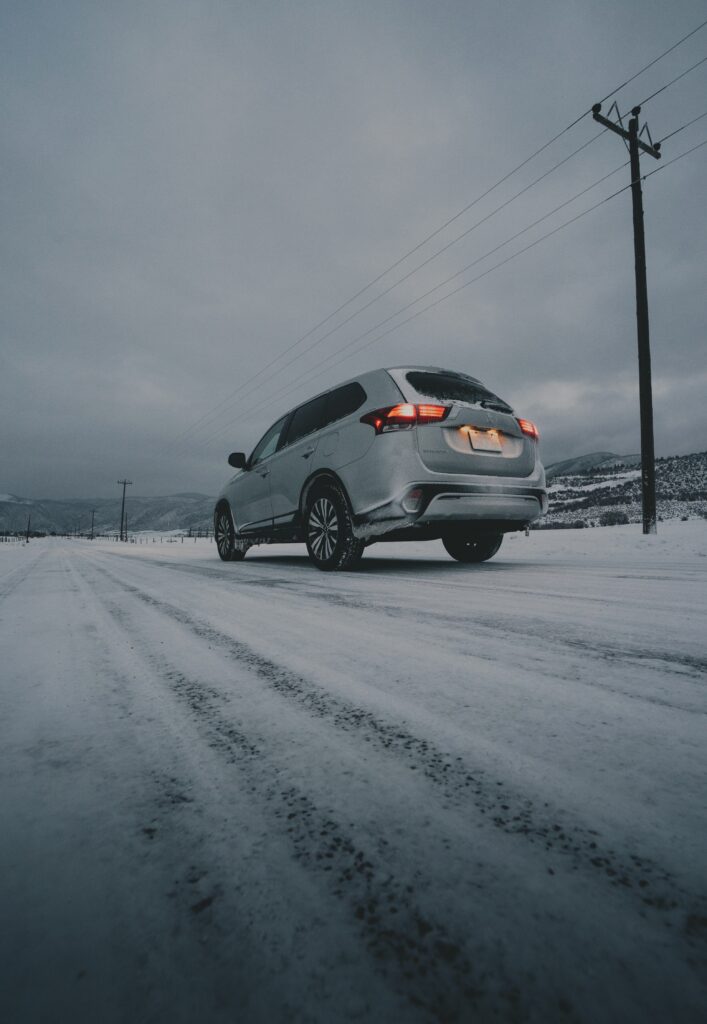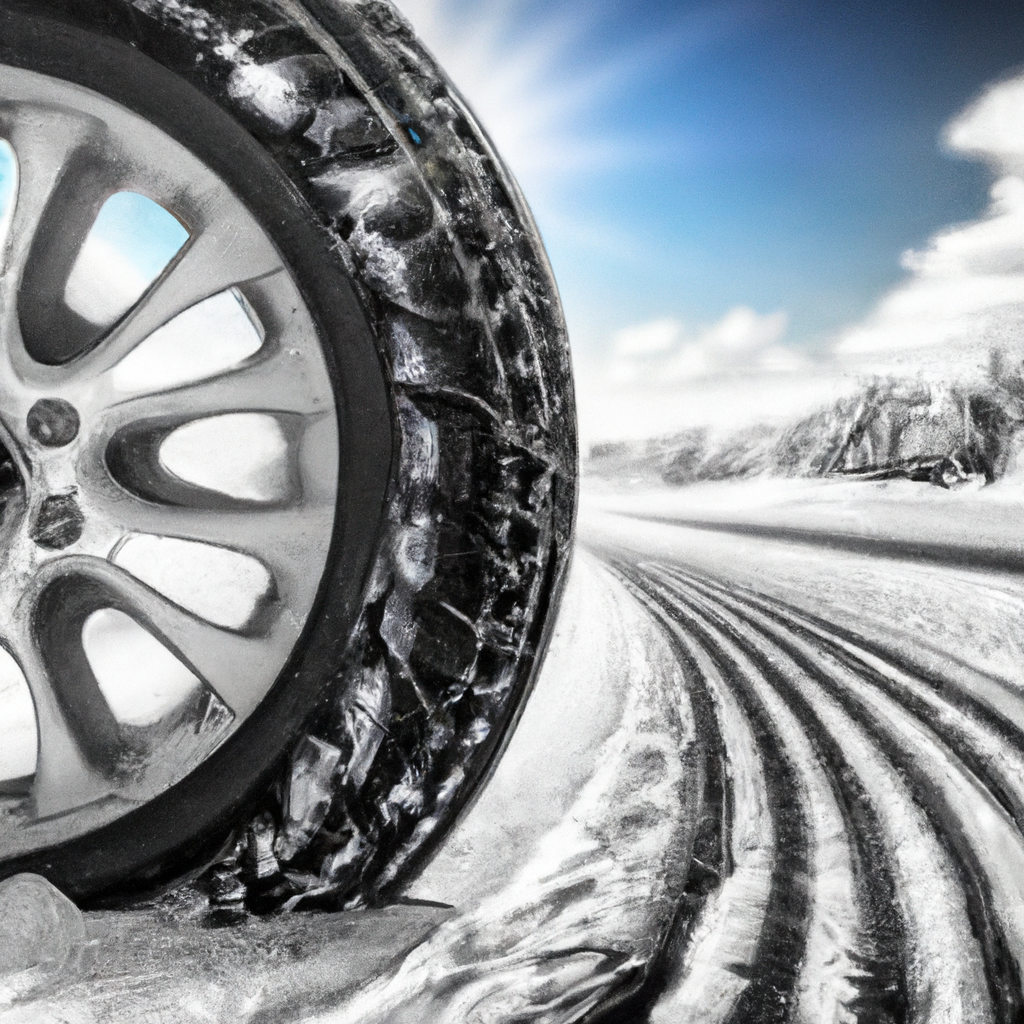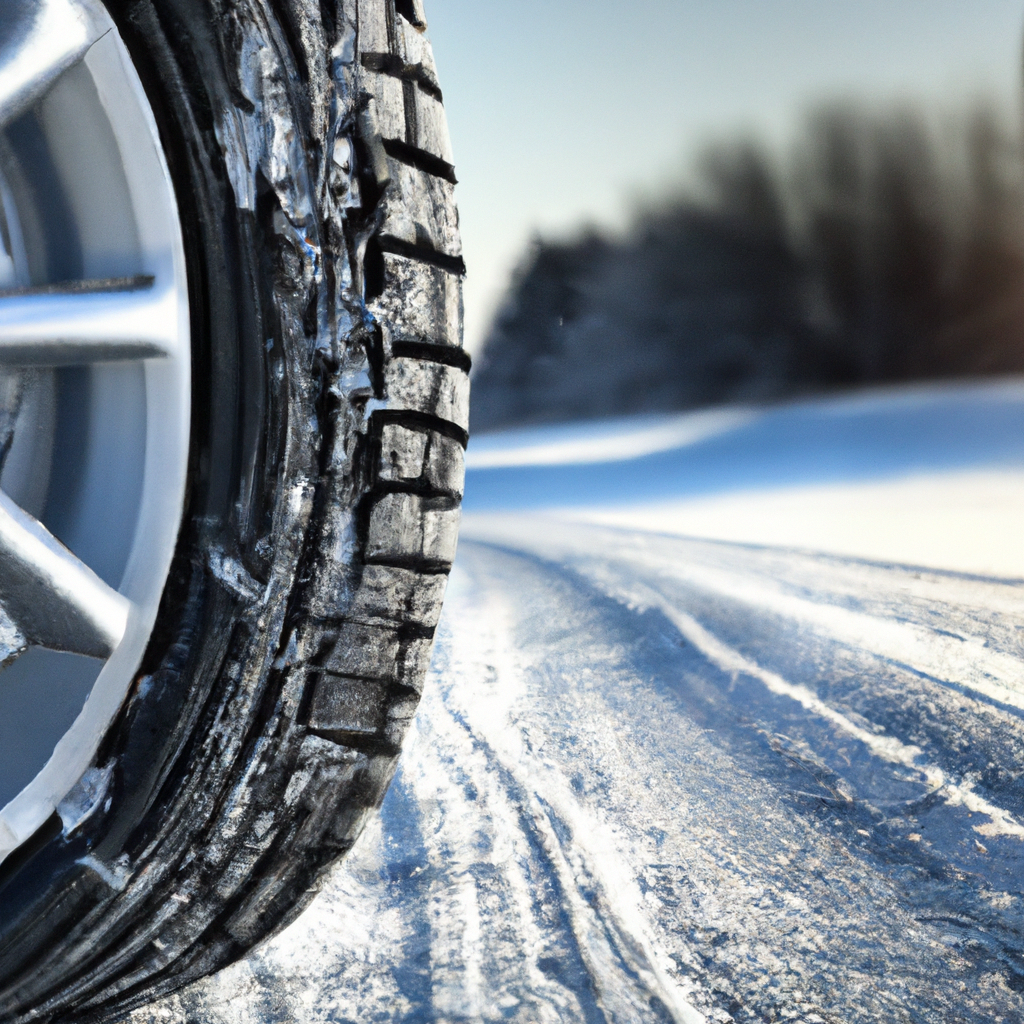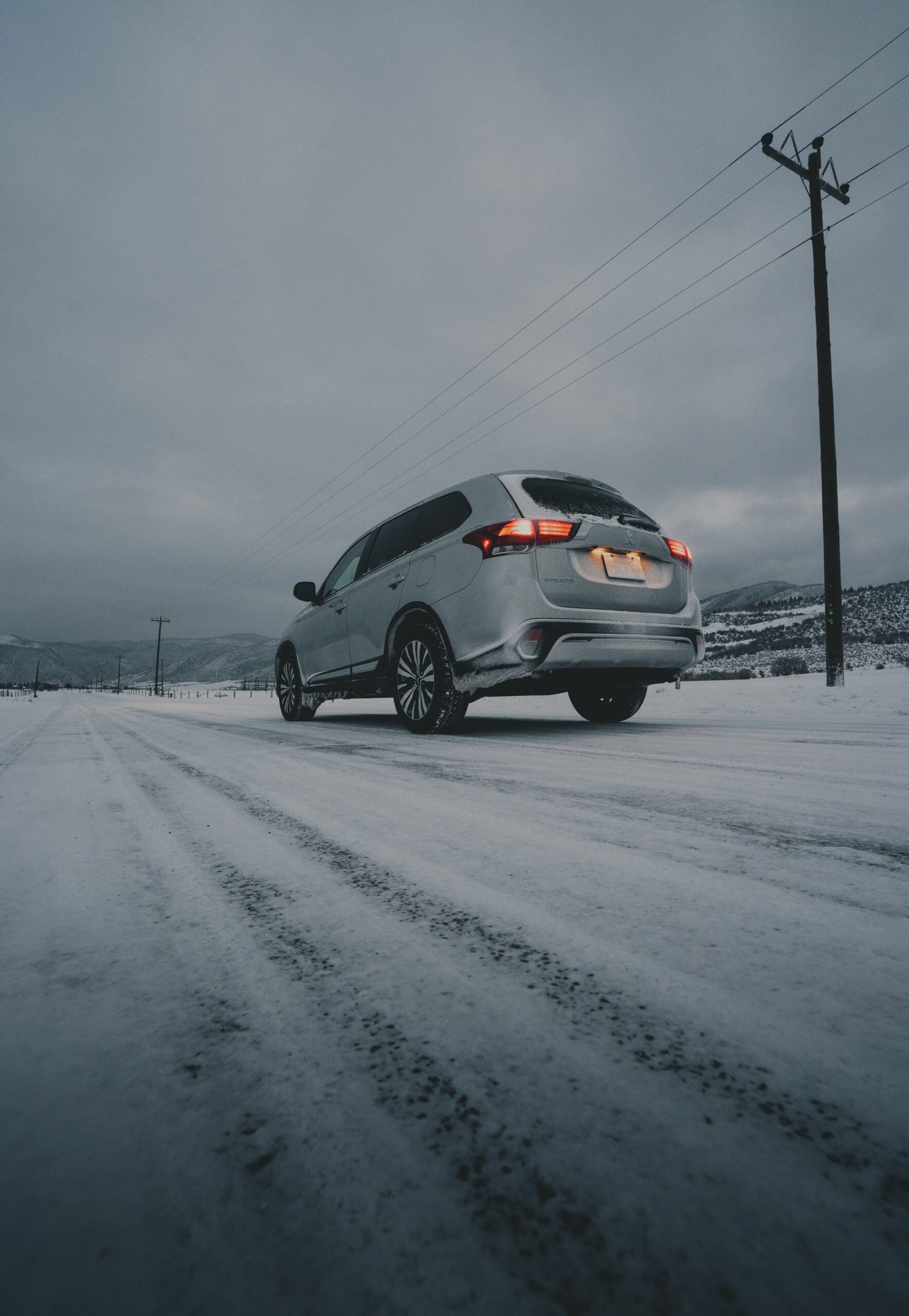If you’ve ever wondered whether winter tires can improve your grip in snowy conditions, you’re not alone. When the roads are covered in snow and ice, it’s natural to have concerns about your safety while driving. But fear not, because we’re here to shed some light on the topic. Winter tires are specifically designed to enhance performance in cold weather, providing better traction and grip on snow-covered and icy roads. In this article, we’ll explore the science behind winter tires and explain why they are a wise investment for winter driving. So, buckle up and get ready to learn why winter tires are a game-changer in snowy conditions!
The Importance of Winter Tires
Winter tires are an essential component of safe driving during the cold months. They are specially designed to provide better grip and traction on snowy and icy surfaces, enhancing your safety on the road. Understanding the importance of winter tires and the differences between winter tires and all-season tires can help you make informed decisions that will ultimately contribute to a safer winter driving experience.
Definition of Winter Tires
Winter tires, also known as snow tires, are tires specifically designed to perform optimally in cold weather conditions, including snow, ice, and freezing temperatures. They have unique features that allow them to maintain flexibility in low temperatures and provide superior grip on slippery surfaces.
Purpose of Winter Tires
The primary purpose of winter tires is to ensure the safety and stability of your vehicle when driving in winter conditions. By maintaining better traction on snowy and icy roads, winter tires help reduce the risk of accidents, skidding, and loss of control. They also improve braking performance, handling, and overall maneuverability, giving you more confidence behind the wheel.
Differentiating Winter Tires from All-Season Tires
While all-season tires are designed to perform adequately in a variety of weather conditions, they are not specifically optimized for winter driving. Winter tires, on the other hand, are specifically engineered to excel in cold weather and provide superior performance on snow and ice. The key differences lie in the tread design, tire compound, and overall capabilities in winter conditions.
Tread Design and Tire Compound
The tread design and tire compound are crucial factors that contribute to the exceptional performance of winter tires in snowy conditions.
Deep Tread Patterns
Winter tires feature deep and aggressive tread patterns that are specifically designed to provide optimal traction in snow and slush. These deep treads help channel snow and water away from the tire’s contact patch, improving grip and preventing hydroplaning. They also have wider grooves and narrow slits called sipes, which further enhance traction by biting into the snow and ice.
Siping and Grooves
Siping refers to the small cuts or slits in the tread blocks of winter tires. These cuts create additional biting edges that enhance grip on slippery surfaces, particularly on ice. Additionally, the specific patterns of grooves on winter tires help interlock with snow or ice, providing more stability and traction.
Soft Rubber Compound
Winter tires are typically made from a softer rubber compound compared to all-season tires. This soft rubber remains flexible even in sub-zero temperatures, allowing the tire to conform to the shape of irregular road surfaces and maintain consistent traction. The enhanced flexibility of the rubber compound also allows for better grip on snowy and icy surfaces, minimizing the risk of skidding.
Benefits of Tread Design and Tire Compound
The combination of deep tread patterns, siping, and soft rubber compounds in winter tires offers several key benefits. These include improved grip, increased traction, enhanced braking performance, better handling, and more predictable maneuverability on snow and ice. All these factors contribute to a safer and more enjoyable winter driving experience.

Winter Tires vs. All-Season Tires
Understanding the differences between winter tires and all-season tires is essential in making an informed decision for your winter driving needs.
Tread Design and Traction
All-season tires typically have a shallower tread pattern compared to winter tires, as they are meant to provide decent performance in various weather conditions. While all-season tires may be suitable for mild winter conditions, their limited traction on snow and ice makes them less effective in more severe winter weather. Winter tires’ deep tread patterns and additional siping provide superior traction and grip in snow, slush, and icy conditions.
Performance on Snowy and Icy Surfaces
Winter tires have been specifically engineered to excel in snowy and icy conditions, providing unmatched performance compared to all-season tires. The soft rubber compound and unique tread design of winter tires allow for better grip and traction on these slippery surfaces, promoting safer and more confident driving.
Temperature Sensitivity
All-season tires tend to lose their flexibility and grip in extremely cold temperatures, leading to reduced performance on wintry roads. Conversely, winter tires are designed to remain pliable and maintain their grip even in the harshest winter conditions. The temperature sensitivity of winter tires ensures their consistent performance and reliability throughout the entire winter season.
Braking and Handling Differences
Braking and handling are two critical aspects of safe winter driving. Winter tires outperform all-season tires in both areas, providing shorter stopping distances and improved control. The increased traction and grip of winter tires allow for better responsiveness and more precise steering, minimizing the risk of accidents due to skidding or loss of control.
Tire Pressure and Winter Grip
Proper tire pressure is crucial for optimal grip and performance, especially in winter conditions.
Effect of Tire Pressure on Grip
Underinflated or overinflated tires can negatively impact your vehicle’s grip on snowy and icy surfaces. When tire pressure is too low, the tread cannot make proper contact with the road, reducing traction and overall grip. Conversely, overinflated tires have a smaller contact patch, which can result in reduced grip and handling capabilities.
Recommended Tire Pressure for Winter Tires
To ensure optimal performance, it is important to maintain the recommended tire pressure for your specific winter tires. This information can usually be found in the vehicle owner’s manual or on the tire manufacturer’s website. Properly inflated winter tires provide better grip, more precise handling, and improved braking performance.
Underinflation and Overinflation Risks
Underinflated winter tires may lead to increased heat buildup, reduced fuel efficiency, and uneven wear. They also decrease your vehicle’s stability and increase the chances of tire failure. Overinflated tires, on the other hand, can result in a harsh and uncomfortable ride, reduced traction, and an increased risk of tire blowouts. It is essential to check your tire pressure regularly, especially during the winter season, to maintain optimum grip and performance.

Studded vs. Studless Winter Tires
There are two main types of winter tires to choose from: studded and studless. Each type offers unique advantages and considerations.
Advantages and Disadvantages of Studded Tires
Studded winter tires feature small metal studs embedded in the tread, providing additional grip on icy roads. The studs dig into the ice, enhancing traction and reducing the risk of sliding. However, studded tires can be noisy and may cause damage to roads. They are also not suitable for use on dry or wet pavement due to their reduced grip and handling capabilities.
Benefits of Studless Winter Tires
Studless winter tires, as the name suggests, do not have metal studs but still offer excellent performance on snow and ice. They rely on the tread design, siping, and soft rubber compound to provide optimal grip and traction. Studless tires are generally quieter and more versatile than studded tires, as they can be safely used on dry and wet roads as well.
Studded vs. Studless Tires on Different Road Conditions
Studded tires are particularly effective on ice-covered roads, ensuring superior traction and grip. However, they can be less effective on clear pavement, as the metal studs do not make full contact with the road surface. Studless tires, on the other hand, perform well in a wider range of road conditions, including snow, slush, and dry pavement.
Testing and Ratings of Winter Tires
Extensive testing and ratings are available to help consumers make informed decisions when purchasing winter tires.
Winter Tire Testing Methods
Various organizations conduct rigorous tests to evaluate the performance of winter tires. These tests typically measure traction on snow and ice, braking distance, handling, and overall stability. Factors such as grip, control, and predictability play a significant role in determining the ratings and recommendations for winter tires.
Tire Manufacturer Ratings
Tire manufacturers provide their own ratings and performance specifications for their winter tires. These ratings can provide valuable insights into the specific features and capabilities of each tire model. It is important to consider these ratings, as they can help you choose the right winter tires for your vehicle and driving needs.
Third-Party Testing Organizations
Numerous third-party organizations, such as Consumer Reports and independent automotive associations, conduct comprehensive tests to evaluate the performance and reliability of winter tires. These organizations provide objective reviews and ratings, offering valuable information to consumers when selecting winter tires. Considering the results of these tests can help you make an informed decision and ensure the best possible performance and safety on winter roads.

Tips for Choosing and Using Winter Tires
When selecting and using winter tires, there are several crucial factors to consider to ensure optimal performance and safety.
Considerations for Tire Size
When choosing winter tires, it is essential to select the correct size that matches your vehicle’s specifications. Using the wrong size can affect your vehicle’s handling, stability, and overall performance. Refer to the vehicle owner’s manual or consult with a tire professional to determine the appropriate size for your winter tires.
Compatibility with Vehicle
It is important to choose winter tires that are compatible with your specific vehicle make and model. Different vehicles have varying weight distributions, suspension systems, and handling characteristics, which can affect the performance of tires. Consider consulting with a tire professional who can recommend the most suitable winter tires for your vehicle.
Quality and Brand Reputation
Investing in high-quality winter tires from reputable brands can significantly impact your driving experience and safety. Renowned tire manufacturers often prioritize research and development, ensuring their tires meet stringent quality standards and deliver exceptional performance. Consider reading reviews, seeking recommendations, and choosing winter tires from trusted brands.
Proper Installation and Maintenance
Proper installation and maintenance of winter tires are crucial for their optimal performance and longevity. Ensure that your winter tires are installed by a professional who is knowledgeable about proper mounting, balancing, and alignment. Regularly check the tire pressure, tread wear, and overall condition of your winter tires, and rotate them as recommended by the manufacturer to ensure even wear.
Legal Requirements and Winter Tires
Many regions have legal requirements regarding the use of winter tires during the winter season.
Mandatory Winter Tire Laws
In some areas, it is mandatory to equip your vehicle with winter tires during specified winter months or when driving in snowy and icy conditions. These laws are in place to promote road safety and minimize accidents caused by inadequate tire performance. Familiarize yourself with the winter tire laws in your region and ensure compliance for a safer winter driving experience.
Tire Standards and Regulations
Numerous standards and regulations govern the manufacturing and performance of tires, including winter tires. These standards ensure that tires meet specific safety and performance criteria to provide optimum grip and reliability. When purchasing winter tires, look for those that meet or exceed these standards to ensure their quality and performance.

Winter Tire Myths and Misconceptions
There are several myths and misconceptions surrounding winter tires that can impact your understanding and decision-making process.
All-Wheel Drive and Winter Tires
While all-wheel drive (AWD) can improve traction and stability, it does not eliminate the need for winter tires. AWD helps with initial acceleration but does not significantly enhance braking or cornering on ice or snow. Winter tires are still essential for maximizing safety and performance in winter conditions, regardless of your vehicle’s drivetrain.
Snow Chains vs. Winter Tires
Snow chains can provide additional grip on snow and ice, but they are not a substitute for winter tires. Snow chains are typically used in severe conditions or in regions where winter tires are not as readily available or practical. Winter tires offer continuous traction and grip, making them a safer and more versatile option for everyday winter driving.
Year-Round Use of Winter Tires
Contrary to popular belief, winter tires are not meant for year-round use. The soft rubber compound used in winter tires can wear out quickly in warm weather conditions, leading to decreased performance and premature deterioration. It is advisable to switch back to all-season or summer tires once winter conditions have subsided to maintain tire longevity and overall performance.
Conclusion
Winter tires are undoubtedly a crucial investment for safe and confident winter driving. Their unique tread design, tire compound, and advanced performance characteristics enable them to provide superior grip, traction, and control on snow and ice compared to all-season tires. By understanding the benefits, differences, and considerations associated with winter tires, you can make informed choices that prioritize safety and enhance your driving experience during the winter season. Prioritize your safety and take the necessary steps to equip your vehicle with winter tires, ensuring a safer and more enjoyable winter driving experience.


